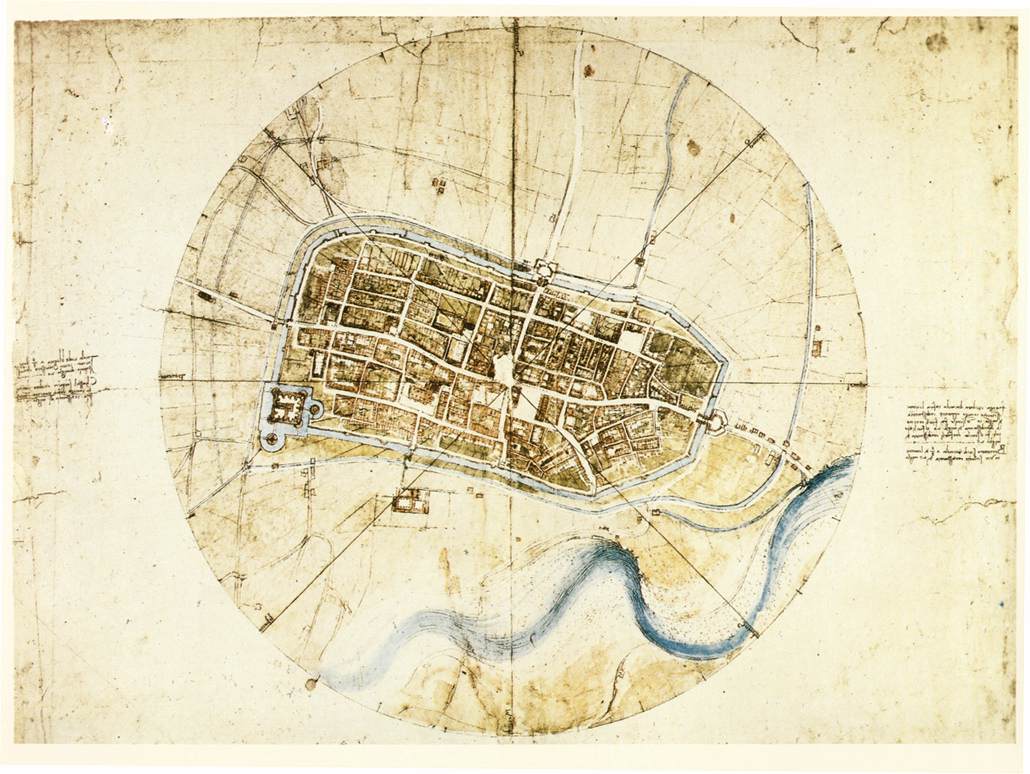When reading Walter Isaacson’s Leonardo da Vinci I was struck by an anecdote about how Leonardo, Machiavelli, and Cesare Borgia spent time together in the same small Italian town. Wanting to know more about what drew together three men from seemingly very different walks of life I bought a handful of books about them.
The first two of these I read are G.J. Meyer’s The Borgias and Christopher Hibbert’s The Borgias and Their Enemies. They’re an interesting contrast in books. Hibbert’s takes a more traditional view of the family and relates as historical fact the stories of foul play, nepotism, and illegitimate children. Meyer’s, though, calls some of the Borgia myth into question and points out the tenuous nature of some source material. Personally I found Meyer’s more fair and interesting, but I’m no historian.
There’s a ton from each book that I took notes on and learned. A couple general points are worth noting. Overall if you’re to read one of the two I’d start with Meyer’s.
Accuracy
There’s a reason Showtime ran a three-season TV show on this family. The problem is that we’re dealing with events of the 1400s. Some of the source material is dubious at best. One oft-cited source is, essentially, a 15th-century gossip.
Meyer’s book tries to dig beyond conventional wisdom. It’s not a sensationalist history and tries to be fair. I’m glad I read it first rather than just assuming the stories from Hibbert’s book were unquestioned fact. Meyer also describes the problem of historical accuracy as this:
This is the Borgia problem in a nutshell: wildly outlandish accusations accepted as true generation after generation because when taken together they add up to one of the most gloriously lurid stories in all of history. Anecdotes about murder and incest that are especially delicious because their subject is a pope, and that have become so firmly embedded in the consciousness of the whole world that to question them can seem fatuous, to challenge them preposterous.1
Violence
Cesare Borgia was a key inspiration for Machiavelli’s The Prince. Given that images of cruelty, heavy-handedness, and violence might come to mind. One thing I learned is that Cesare’s violence has to be compared to contemporary peers. And here he’s, in some cases, almost humanitarian.
Hibbert quotes from Machiavelli in describing rulers within this territory:
[these lands were] a nursery of all the worst crimes, of outbreaks of rapine and murder, resulting from the wickedness of local lords…For these lords were poor, yet endeavouring to live as though they were rich, they resorted to innumerable cruelties.2
When taking over these towns Cesare typically took a different approach. He figured that if he built a reputation of generosity and fairness he’d have an easier time taking over additional towns. Meyer writes that Cesare, “was making it his practice to deal generously with people and places whose lord he intended to remain, thereby winning the loyalty of cities accustomed to the random cruelties of sadists.”3 His plan worked as in some cases he was able to take over towns without resorting to violence. Simple persuasion of the people was enough.
Crime
Rome of this era was crime-ridden by modern standards. That in itself wasn’t that surprising to learn. There’s an anecdote in both books that stuck with me, though.
Juan, Duke of Gandia and one of the many powerful Borgia children during the late-1400s, was murdered and his body thrown into the Tiber. Eventually the pope’s forces learn that a night watchman had seen five men dump a body into the river and weight it down with rocks. When asked why he’d not reported the watchman replied, “that in the course of many nights standing guard over cargo barges he had seen any number of corpses deposited in the river, and that until now no one had ever seemed to care.”4
